How to plant and grow birch?
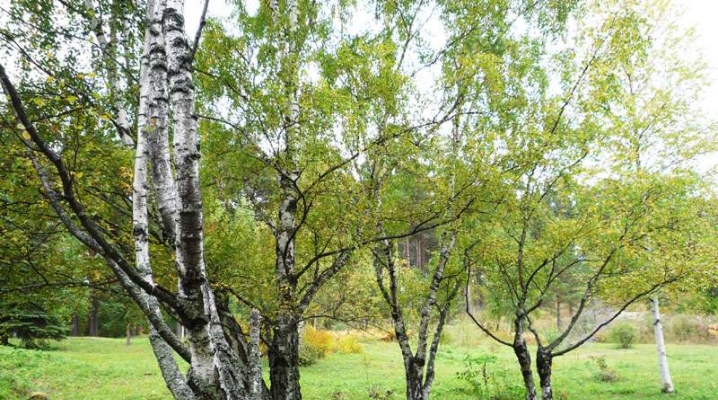
Having a birch tree on your site is the dream of many gardeners. However, in order for this unpretentious tree to grow and develop successfully, you will need to initially correctly plant it.
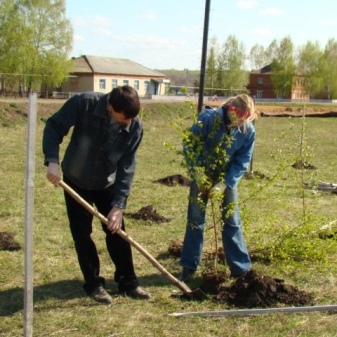
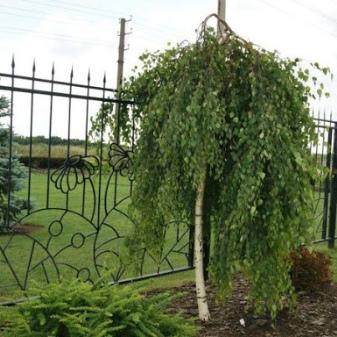
How to plant?
Birch planting on the site is carried out in three ways. The plant can be propagated using seeds or cuttings, and you can also choose a seedling in the forest and root it on your own territory.
Seeds
Seed propagation of birch is considered a rather laborious and time-consuming method. Nevertheless, some gardeners adhere to it. It is customary to collect birch seeds in the fall. To do this, you need to cut off a sufficient number of branches with earrings, then collect them in a bouquet and hang them in a dry room. Seeds usually ripen for about a week, after which they can be shaken out of each earring and cleaned of debris.
It is more correct to plant seeds in the same year in which they were harvested. In addition, before the onset of cold weather - that is, in late autumn or early winter - it is important to dig them in.
The soil in the area where birches will be planted is pre-dug with a depression reaching 25-35 centimeters. And also the future bed is cleared of weeds and large roots, treated with an agent that protects against fungal diseases. About 10 days before sowing, the soil is leveled and covered with holes, the distance between which is about 25 cm. Each hole should go 5 cm deep and reach 20 cm wide. Planting is best done in the evening. Ideally, this should be a day without wind or precipitation. First, the bottom of each hole is covered with a layer of humus, then seeds are laid out on it, finally, everything is covered with loose soft soil.
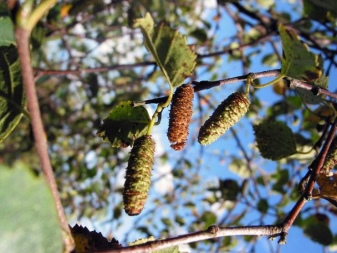
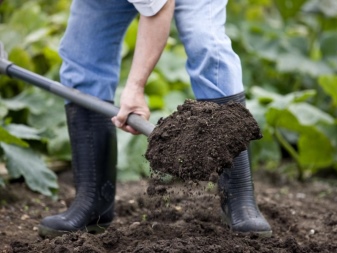
When sprouts appear on the bed after the snow melts, they will need to be provided with abundant watering, but only using the irrigation method. Until the end of summer, plants should receive a sufficient amount of moisture - it is even important that the topsoil does not dry out. If everything is done correctly, then in September the birches will already reach a height of 20-30 cm, and they can be transplanted to their permanent habitat. Weak shoots are first planted in the greenhouse, and after 12 months, when they reach a meter height, they are already moving outside.
It should be mentioned that if the seeds are planted in spring, their stratification period should be about 2 months and occur at temperatures from 0 to +5 degrees.
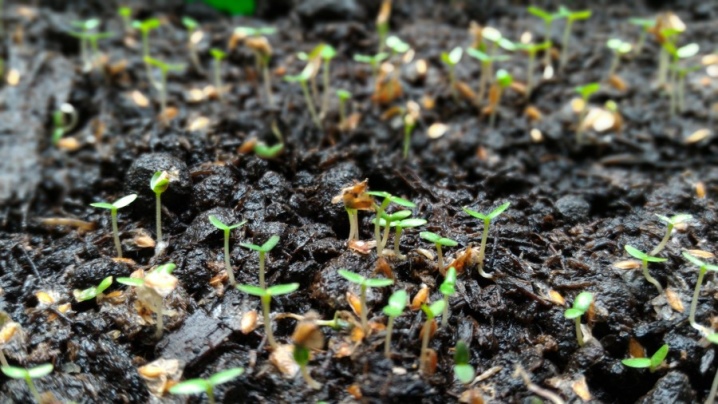
Cuttings
You can also germinate a birch from a branch, but this method is also considered extremely difficult due to poor rooting of the culture. Nevertheless, 20% of attempts still succeed. The process begins with the fact that a well-formed shoot is selected on a young tree. A small twig will not work for this - you need a length equal to 60-80 centimeters. The cut off shoot is placed in water, in which Kornevin has already been diluted, and then the vessel is placed in a well-lit space, where the temperature is maintained at about 25 degrees Celsius.
When the roots of the birch grow, it can be transplanted into a large flower pot. Over the next 10-20 days, the plant should be watered abundantly, in fact, 2-3 times a day, and also once fed with universal fertilizer. During this time, the root system should get stronger, and it's time to move the seedling to fresh air.
It is important to remove the birch from the pot along with the soil in which it grows.
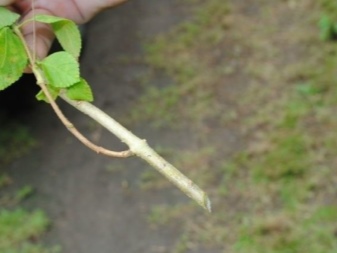
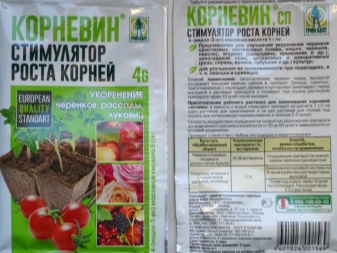
Sapling from the forest
The third possibility of the appearance of birch in the garden is simply to take it from the forest. It is best to go after her in March, until the leaves bloom. An important role is played by how the selected tree looks: it should be healthy and young (ideally 3 years old), without mechanical damage, twisted branches or traces of insect activity. The optimum height is between 80 and 100 cm. Water the birch tree before digging out.
The seedling is dug in from all sides, after which it is carefully uprooted together with an earthen lump and placed on a level place. The most convenient way to do this is with a bayonet shovel. The ground should be cut to the depth of the bayonet. During extraction, it is important to monitor the integrity of the roots. During transportation, the root shoots should be covered with earth and covered - it is most convenient to place the seedling in a bucket or bag and sprinkle it with soil.
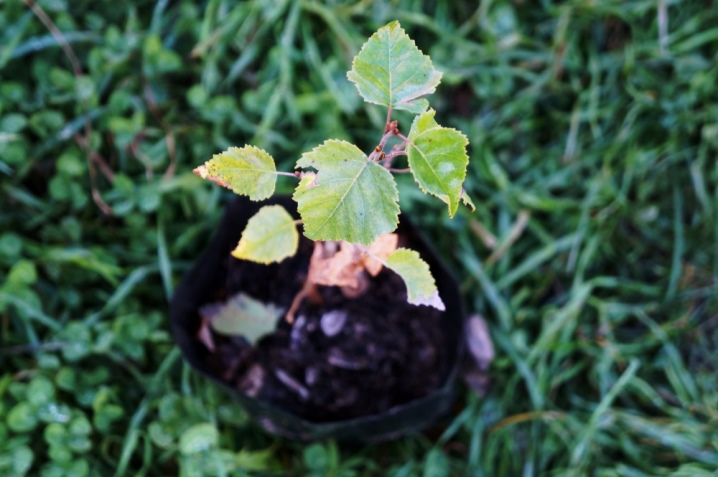
You can also buy a young seedling at a specialist store. When buying, it is worth remembering that the lower the plant, the better it takes root. The root system should not be damaged, although the tree will still survive the breakage of a small process. The nursery will also help in the case when a large plant is not even considered, and a dwarf variety is required. Despite the fact that the tree is not capricious, its roots cannot stay in the fresh air for a long time, so you need to take samples only in containers.
If the tree you like was dug up in winter along with a block of frozen soil, it should be transplanted to a new site immediately. With the onset of spring, the birch itself will wake up and begin to take root.
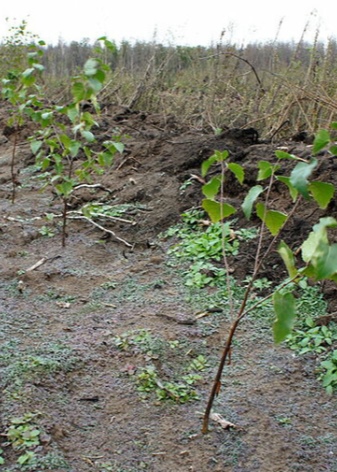
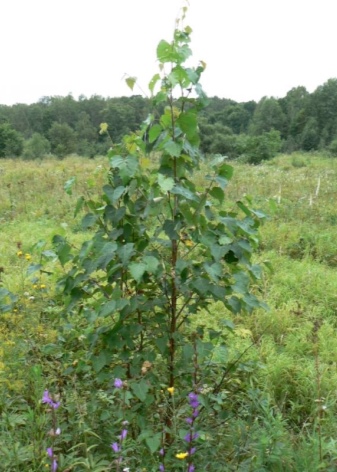
Transplant features
So that after buying a seedling or after choosing a tree in the forest, it will continue to develop qualitatively, it is important to transplant the birch to the right place. Any culture grows better in conditions close to natural, so the choice should be made in favor of forest areas. The top layer of the soil should always remain cool and well-moistened, so open sunny areas for culture are not suitable. But if you completely deprive the tree of the sun's rays, its foliage will feel bad, so you will need to find a middle ground.
Every year, the birch increases not only in height, but also in width, so the plant should not be planted either next to fences or buildings, or with each other. It should be mentioned that an unpretentious birch tree can stretch almost up to 30 meters, and its diameter can easily reach 50 cm.About 3 meters should remain between the tree and the fence, and about 5 m between the tree and buildings. If there is a water supply or sewage system nearby, it is also better to maintain a 3 meter gap. It is customary to retreat from other tall trees about 3-5 m.
Birch does not get along well with fertile crops, so grass, for example, lawn, is considered an ideal neighbor for it.
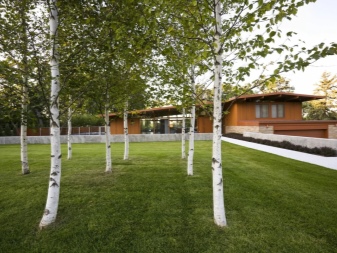
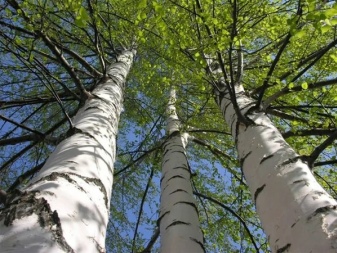
It is better to plant birch in a permanent place in October or March, while the temperature does not exceed 10 degrees. The soil should be filled with nutrients and well loosened. Areas suitable for both slightly acidic soil and zero acidity. The hole is dug out of such a diameter that it exceeds the size of the root system together with the earthy clod. The bottom is filled with drainage, after which it is sprinkled with earth mixed in equal proportion with sand, peat and humus. At the same stage, it is better to apply complex fertilizer.
The birch is located in the hole so that the root collar is slightly below ground level. The roots that have filled the hole are covered with earth. The birch tree will immediately have to be watered abundantly, which will take about 20 liters of water.
The near-trunk circle is necessarily covered with mulch, the role of which can be played either by peat or humus.After planting, it will be enough to water the tree a couple of times a month.
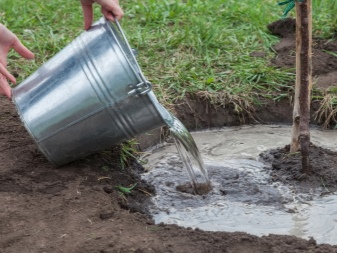
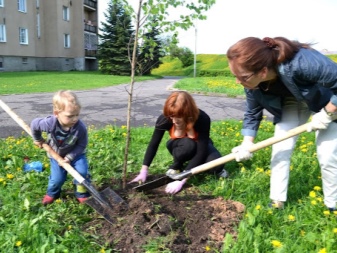
Care
In order to grow a birch in a garden plot, it is not enough to limit yourself to the correct planting - you will also have to take care of it. Growing at home is based on three main steps: watering, feeding and pruning.
Watering
The seedlings are irrigated only for the first time after planting, and then the roots penetrate so deeply into the soil that they no longer need additional moisture. It must be understood that the root system of birch is superficial, so no ornamental plants can grow under it due to lack of moisture.
By the way, immediately after planting, it is better to shade young trees for some time during the day with the help of any covering material or plant branches.
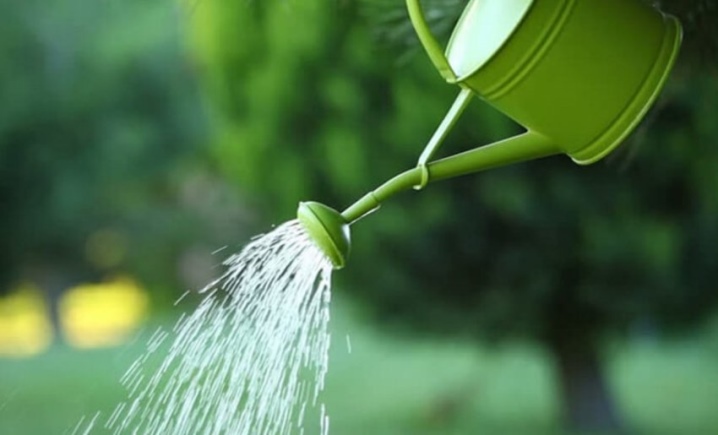
Top dressing
For the rapid growth of a young birch, it is worth fertilizing in autumn and spring, when the leaves are just beginning to bloom. A mixture of 10 liters of water, 2 kg of manure, 20 g of urea and the same amount of ammonium nitrate is considered optimal. After mixing the ingredients until the mineral components are dissolved, the soil around the seedling should be treated with the resulting liquid.
It is important to control so that spray does not fall on the leaves and stem of the plant.
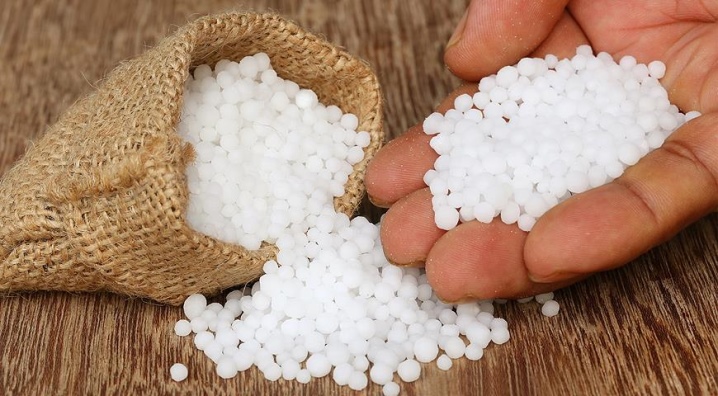
Pruning
Pruning a birch is not the best idea, for a tree it is much more correct when the formation of the crown occurs by itself. However, pruning of diseased, broken or shriveled branches is a must. All work of this kind is usually carried out in the autumn after the completion of the movement of juices. The appeared wounds are treated with var. Those trees that do not give growth need to be rejuvenated by removing bulky branches, usually the lower ones. Such a procedure is permissible only in autumn and winter, when the culture is dormant.
Nevertheless, decorative varieties of birch trees require pruning. It is better to decorate the top in summer, on a day when it does not rain. Even if it was decided to limit the height of the tree or stop its expansion, it must be remembered that birch does not tolerate such an intervention. It is allowed to remove no more than a quarter of the shoots per season.
For the formation of the weeping crown of the common birch variety "Junga" it will only be enough to thin it slightly.

Diseases and pests
Tinder fungi often appear on birch trees, for example, chaga, which germinate deeply and damage the wood. They must be removed immediately, otherwise the bark will no longer be restored. The surface should be treated with 0.4% copper oxychloride.
Sometimes the roots of the tree are eaten by the May beetle with its larvae, and the adults damage the leaves and shoots, and the larvae harm the roots. To get rid of them, it will be enough to regularly loosen the trunk circle and mechanically remove pests. Birch trees also get sick from the influence of pipe-runner beetles. In this case, the damaged leaves are collected and burned, and the crown is treated with insecticides.

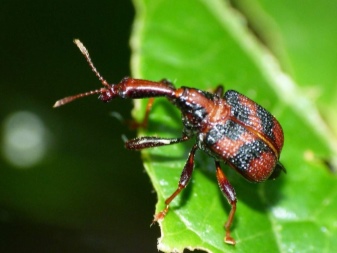
If the leaves are nibbled enough that only veins remain, then the problem lies in the silkworm caterpillars. Then insects must be immediately shaken off the birch, and the tree itself must be treated with an insecticide. When a red bloom resembling rust appears on the leaves, it makes sense to spray with fungicides. By the way, it is for this reason that the tree dries up, and its plates fall off already in June. A spider's whitish bloom, located on the underside of the leaf plates, indicates a disease with powdery mildew. Clusters of black dots also hint at this.
If fragments of wood turn yellow and are affected by fruiting bodies resembling hats, we are talking about yellow-brown rot of the trunk. To treat birch, you will have to separate the mushroom growth, and treat the affected areas with 5% copper sulfate and cover with linseed oil. Brown tubercles on transverse cracks in the trunk are a symptom of cytosporosis.The infected tree is carefully treated with Bordeaux liquid or simply destroyed. Wet spots on the trunk are a symptom of bacterial dropsy.
The leaves are often curled due to the impact of tube ditch beetles. Removing insects by hand will require an insecticide treatment. Aphids themselves are not dangerous to birch, but their secretions can attract ants.
It should be added that lichen on a birch often becomes a refuge for all kinds of pests, so it is better to fight it.
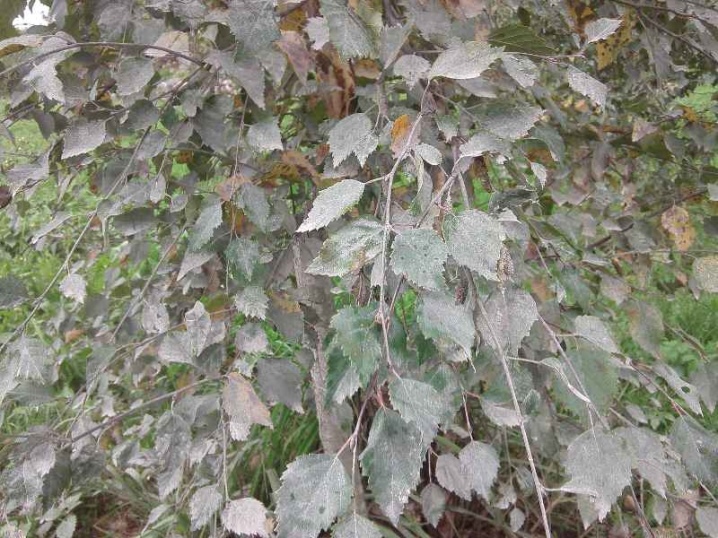
What can be grafted onto a tree?
Some gardeners still cherish the hope of planting a pear or apple tree on a birch tree, but, as a rule, such an undertaking does not end well - in almost 80% of cases, the rootstock and scion are rejected. Even if this did not happen immediately, after some time a physiological incompatibility arises, expressed in the appearance of growths.
However, you can try to plant one variety of birch on another - for example, Karelian birch on weeping birch. It will be necessary to inoculate into the side incision only before bud break, and budding - in the summer.
Most often, cuttings of weeping birch or Jung's birch are used for grafting, and white birch is used as a stock.
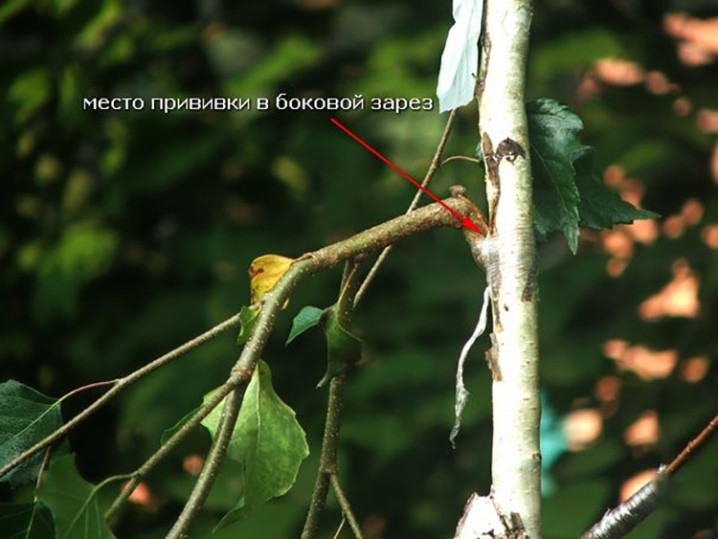
For information on how to plant a birch, see the next video.



































































The comment was sent successfully.